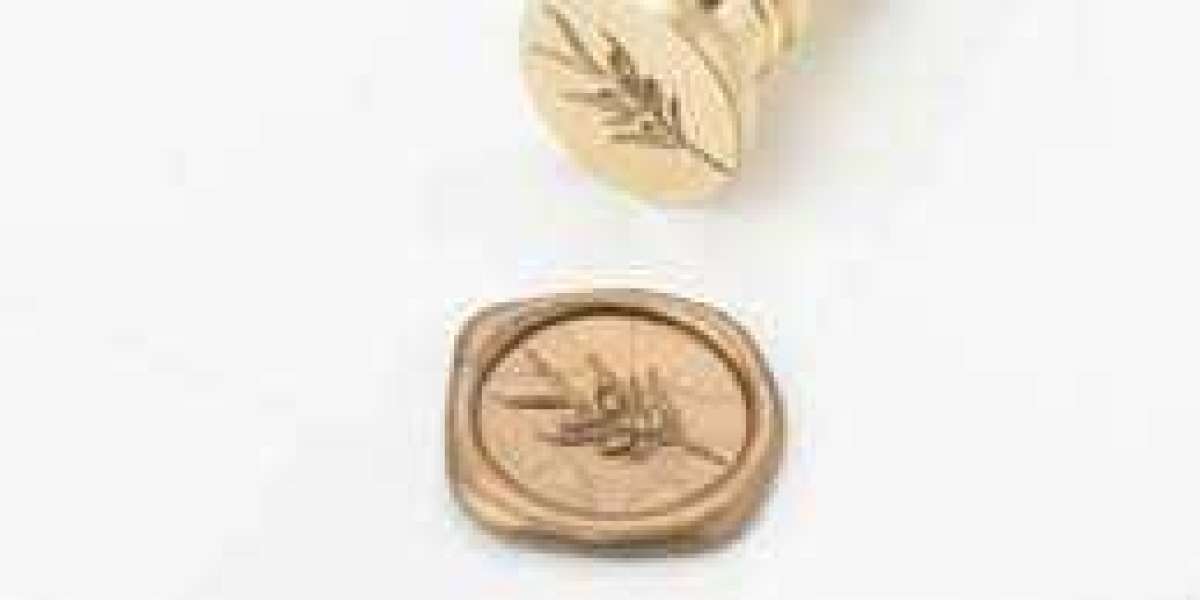Stamp production, often seen as a simple process of creating postage stamps, is a fascinating intersection of artistry and precision engineering. This article delves into the intricate world of stamp production, unraveling the meticulous steps involved in crafting these small but culturally significant pieces of adhesive art.
I. The Evolution of Stamp Production
Stamp production has come a long way since the first adhesive postage stamp, the Penny Black, was issued in 1840. Initially a manual process, stamp production has evolved with technological advancements, introducing innovations that have streamlined the creation of stamps and enhanced their aesthetic appeal.
II. Designing the Stamp: Merging Art and Culture
1. Conceptualization:
The journey of stamp production begins with the conceptualization of the stamp's design. Artists and designers collaborate to create visually appealing and culturally relevant designs that often reflect the essence of a nation's history, heritage, or significant events.
2. Digital Design and Prototyping:
With the advent of digital technologies, the design process has become more sophisticated. Artists use graphic design software to create digital prototypes, allowing for easy modifications and enhancements before the final design is selected.
III. Printing Techniques: Where Precision Meets Creativity
1. Intaglio Printing:
Traditional printing techniques like intaglio involve engraving the stamp design onto a metal plate. The engraved plate is then inked, and excess ink wiped away, leaving ink only in the engraved lines. Paper is pressed onto the plate, transferring the design with remarkable detail.
2. Offset Printing:
Offset printing, a more modern technique, involves transferring the design from a plate to a rubber blanket and then onto the stamp surface. This method is known for its cost-effectiveness and ability to reproduce intricate designs accurately.
IV. Perforation and Die Cutting: Precision in Every Detail
1. Perforation:
The process of perforating involves creating evenly spaced holes along the edges of the stamp. These perforations aid in easy separation of stamps and contribute to their distinct appearance. The number and size of perforations can vary, adding an extra layer of detail to the stamp.
2. Die Cutting:
In addition to perforation, die cutting is employed to create stamps of various shapes beyond the standard rectangular or square forms. Custom die cutting allows for unique and creative stamp designs that capture attention and stand out.
V. Security Features: Safeguarding Against Forgery
With the rise of counterfeiting, stamp production incorporates advanced security features. Holograms, microprinting, and specialized inks are among the techniques employed to protect stamps from forgery, ensuring the integrity of postage systems worldwide.
In conclusion, stamp company stamp maker is a blend of artistic expression and precision engineering. From the conceptualization of culturally rich designs to the intricate printing techniques and security features, each step contributes to the creation of miniature masterpieces. As technology continues to advance, stamp production stands as a testament to the marriage of tradition and innovation in the world of philately. These small adhesive tokens not only facilitate postal services but also serve as cultural ambassadors, carrying the heritage and creativity of nations across borders.








